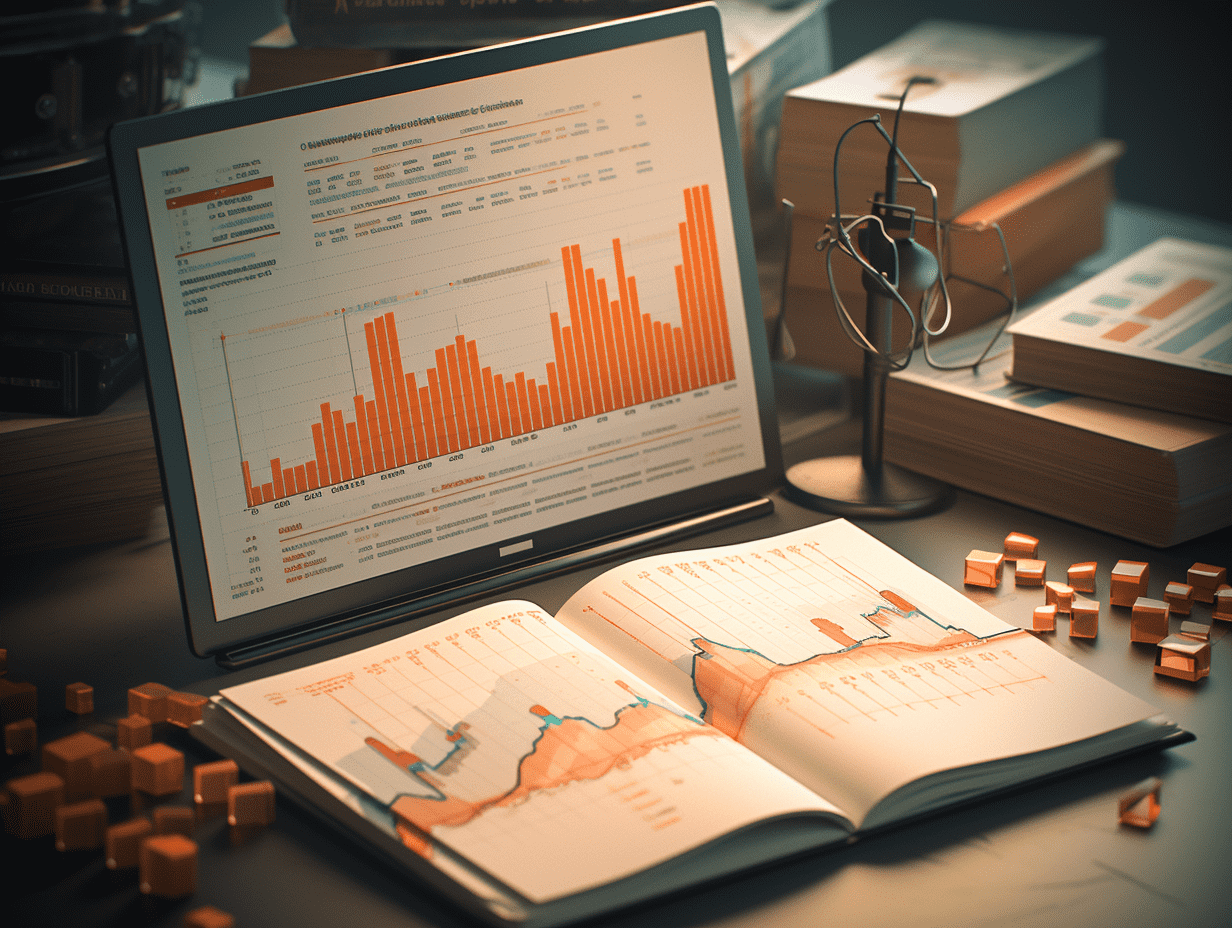Tianfeng: Which industries that have been underperforming for the past three years are likely to see a turnaround next year?
The industries with a higher probability of outperforming in the fourth year after underperforming for three consecutive years are food and beverage, agriculture, forestry, animal husbandry, fisheries, social services, and pharmaceuticals.
The Tianfeng Wu Kaida team released a research report stating that industries with long-term underperformance often exhibit a continued weak "negative decline" characteristic. Defensive industries such as environmental protection, utilities, and transportation are more likely to underperform in the long term. Building materials, electrical equipment, and food and beverage industries are currently underperforming continuously for about a year, compared to their historical underperformance. Industries that have underperformed for three consecutive years but have a high probability of outperforming in the fourth year include food and beverage, agriculture, forestry, animal husbandry, social services, and pharmaceuticals.
Key points from Tianfeng:
Which industries that have underperformed for three consecutive years have a higher probability of reversing next year? This article explores the extreme values and reasons for the interval length of the long-term underperformance trend in various primary industries. Industries with long-term weak performance often exhibit a continued weak "negative decline" characteristic, with defensive industries like environmental protection, utilities, and transportation more likely to underperform.
The trend of negative excess returns in the utilities sector is due to the fact that its small-cap stocks lack the aggressiveness of bull markets and the stability of dividend-paying properties. The industry leaders and small-cap stocks are diverging, and the independent market of the utility and environmental protection industry leaders since 2017 is due to a round of value reevaluation based on dividend asset properties in a low-interest-rate environment. Currently, industries that have underperformed consecutively for three years and are approaching their longest historical underperformance periods include beauty care, basic chemical industry, and social services.
Building materials, electrical equipment, and food and beverage industries have a gap of about one year between their current consecutive underperformance period and their longest historical underperformance period. Industries that have underperformed for three consecutive years but have a higher probability of outperforming in the fourth year include food and beverage, agriculture, forestry, animal husbandry, social services, and pharmaceuticals.
Based on statistics on the performance of industry sectors from 2007 to 2025, it was found that the probability of industries underperforming for three consecutive years in history is roughly inversely proportional to the conditional probability of outperforming in the fourth year, indicating that industries with long-term weak performance tend to exhibit a continued weak "negative decline" characteristic. Combined with the maximum period of consecutive underperformance trends in various industries, it was found that defensive industries such as environmental protection, utilities, and transportation are more likely to underperform in the long term.
The utilities and environmental protection industries have typical utility characteristics, with weak cycles and betas, low elasticity during bull markets, and some manifestations in the bull markets of 2006-2007, 2009Q1-Q3, and 2014H2-2015H1, which also reflect the defensive properties of the sector.
The trend of negative excess returns in the utilities sector is due to the fact that its small-cap stocks lack the aggressiveness of bull markets and the stability of dividend-paying properties, leading to differentiation between industry leaders and small-cap stocks. The trends of weight stocks and small-cap stocks within the utilities, environmental protection, and transportation sectors have diverged significantly since 2017, with excess returns coming more from the contribution of leading stocks (especially in utilities and environmental protection). The independent market of the industry leaders in the field of environmental protection and utilities since 2017 is driven by a value reevaluation due to dividend asset properties in a low-interest-rate environment, with stable profits, long-term stability, and high dividends making these dividend asset properties natural "moats" with stronger scale effects.
From a liquidity-driven perspective, the central proportion of monthly turnover in utilities, environmental protection, and transportation as A-shares has been continually decreasing in the long term. From a fundamental perspective, the return on equity (TTM) of each sector has been lower than A-shares in the long term.
Industries that have underperformed continuously for three years and are approaching their longest historical underperformance periods include beauty care, basic chemical industry, and social services. Building materials, electrical equipment, and food and beverage industries are currently underperforming continuously for about a year, compared to their historical underperformance periods. When further expanding to a monthly win rate of less than or equal to 40%, considering the conditional probability of these industries outperforming in the fourth year, industries that have underperformed for three consecutive years but have a high probability of outperforming in the fourth year include food and beverage, agriculture, forestry, animal husbandry, social services, pharmaceuticals, and electrical equipment.
Related Articles

Airbnb, Inc. Class A (ABNB.US) 2025Q3 conference call: There is still hope for the market size of the homestay market to double.

Kuaishou Technology (01024) Senior Vice President Ma Hongbin: Fully Expand AI Applications, Helping thousands of industries upgrade to intelligence.

Meta (META.US) bets on the future of American AI: $60 billion investment plan announced for 2028, with public utility collaborations providing escort.
Airbnb, Inc. Class A (ABNB.US) 2025Q3 conference call: There is still hope for the market size of the homestay market to double.

Kuaishou Technology (01024) Senior Vice President Ma Hongbin: Fully Expand AI Applications, Helping thousands of industries upgrade to intelligence.

Meta (META.US) bets on the future of American AI: $60 billion investment plan announced for 2028, with public utility collaborations providing escort.

RECOMMEND

Short Positions on Xiaomi (01810.HK) Surge 53% in a Week as Memory Price Spike Weighs on Sentiment
07/11/2025

Privatization Wave in Hong Kong Stocks: Exiting Liquidity Traps to Enable Strategic Transformation
07/11/2025

Over 30 Foreign Firms Attend Roundtable as Ministry of Commerce Signals Multiple Policy Shifts
07/11/2025


